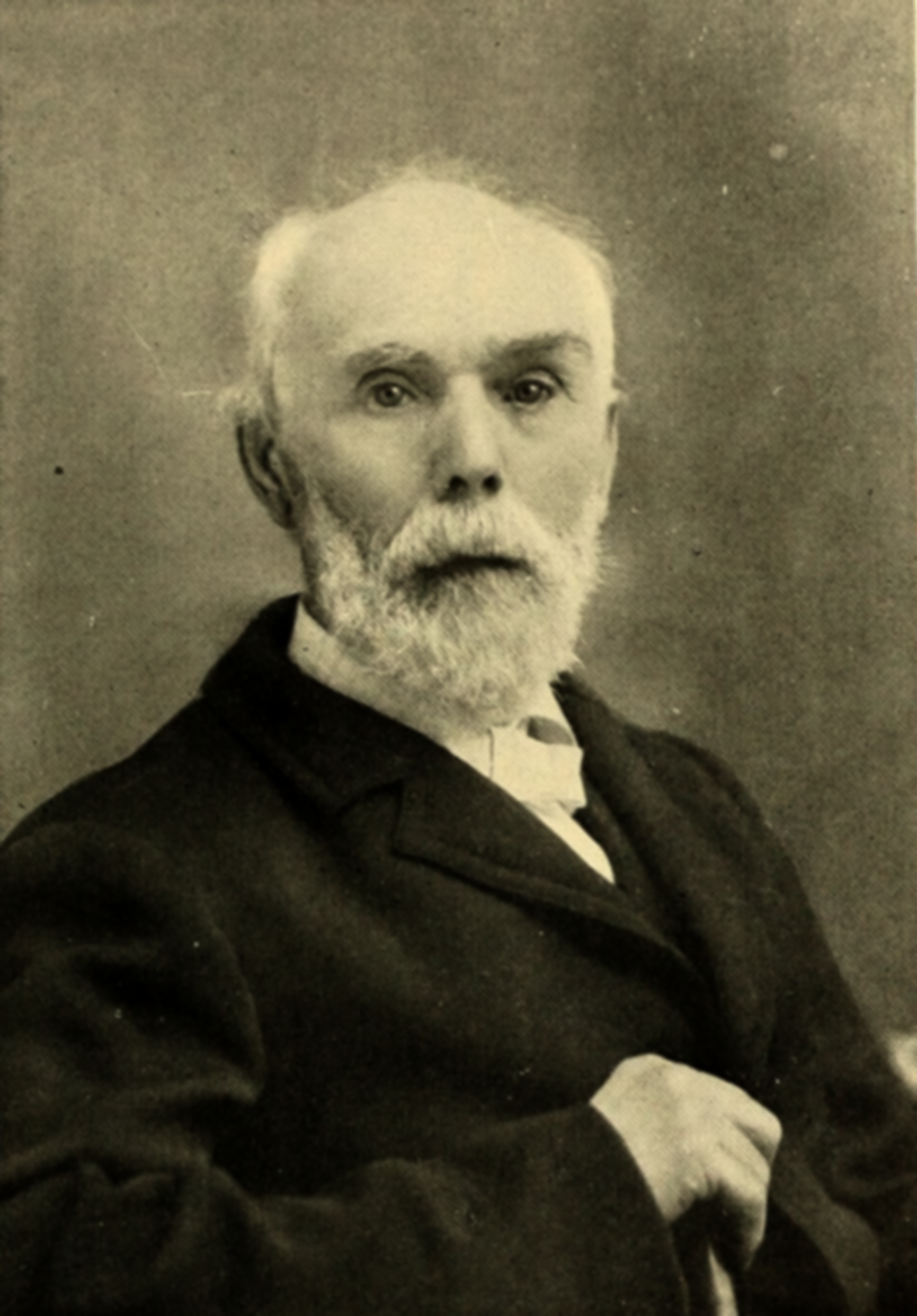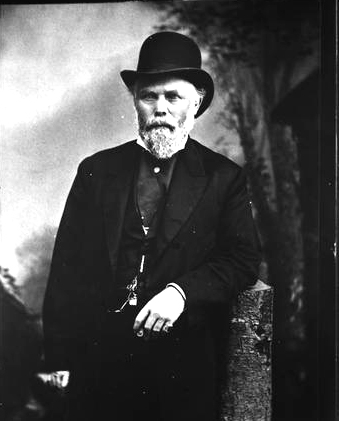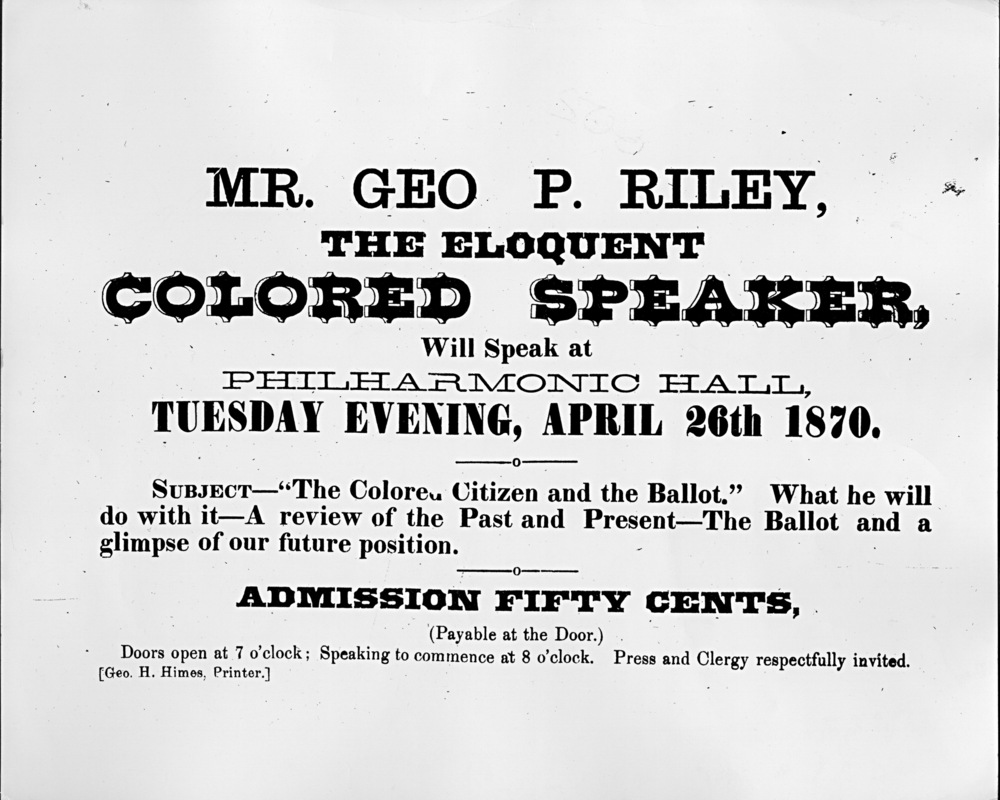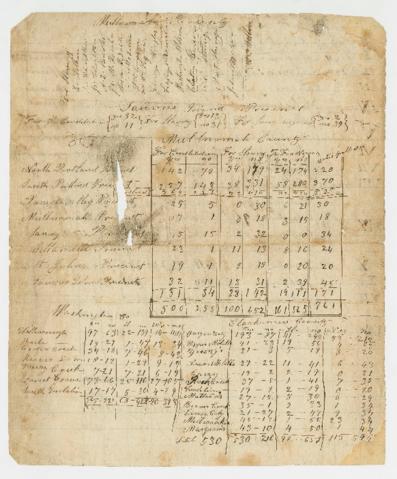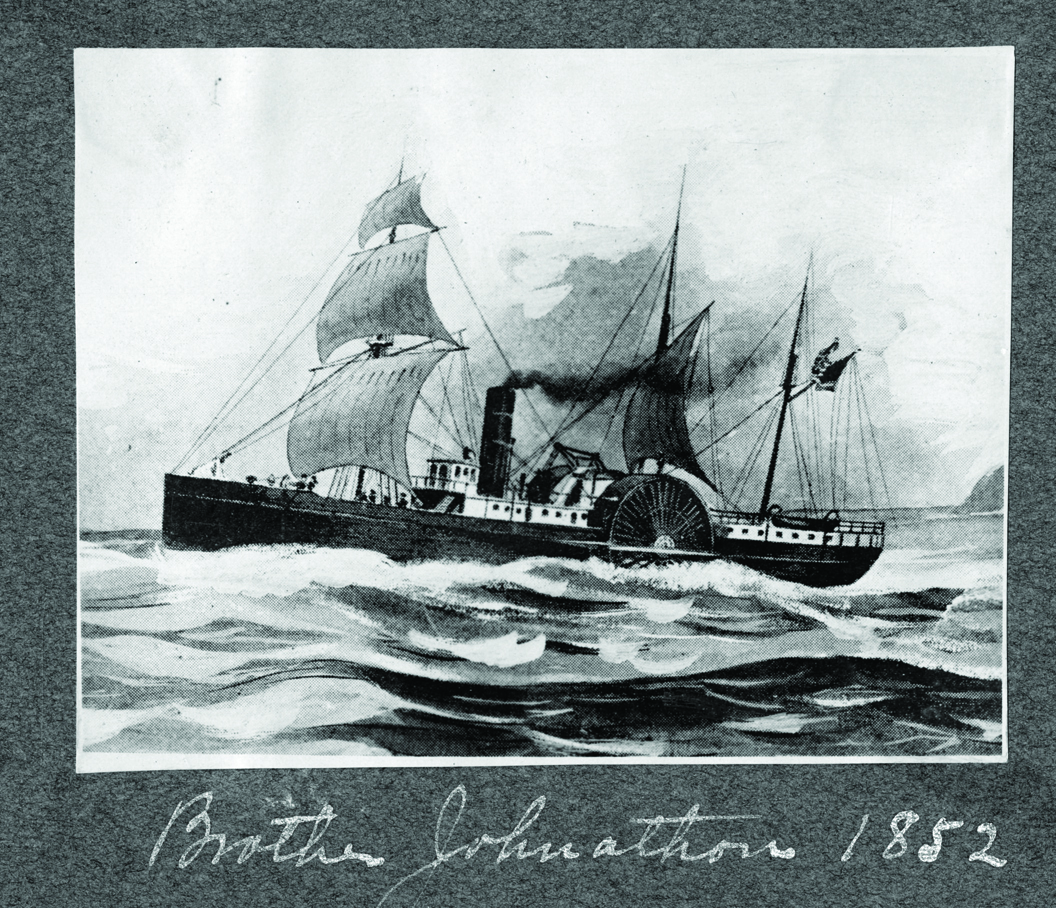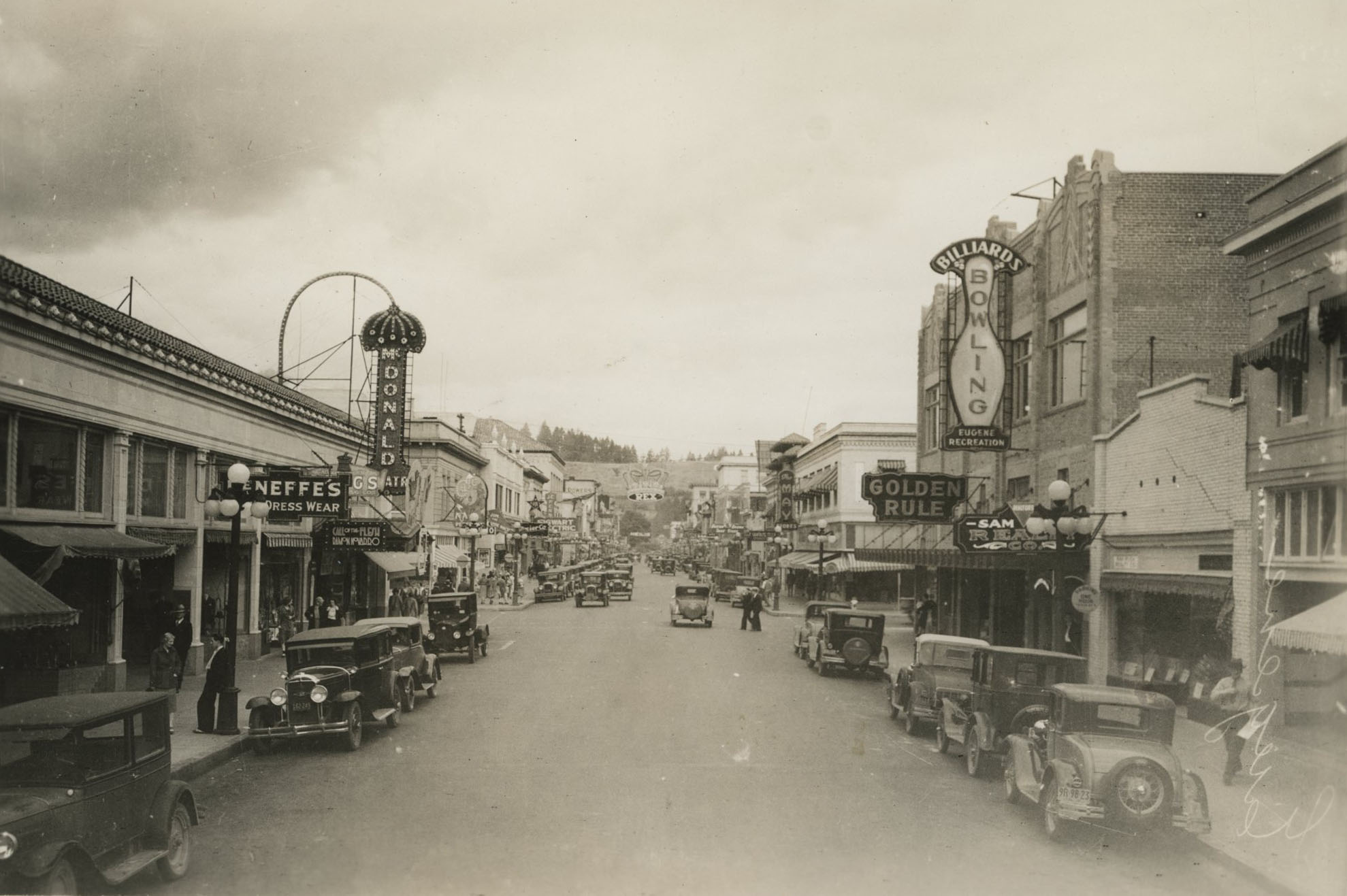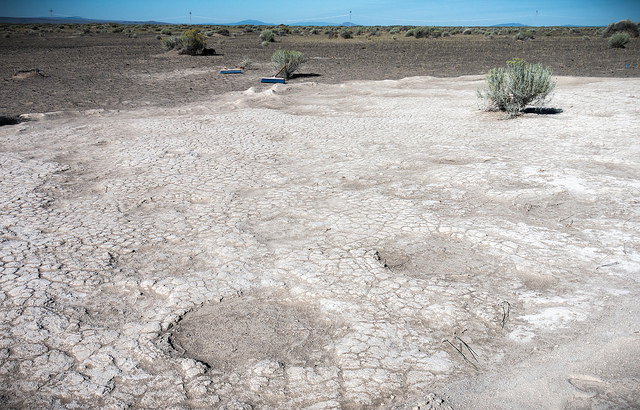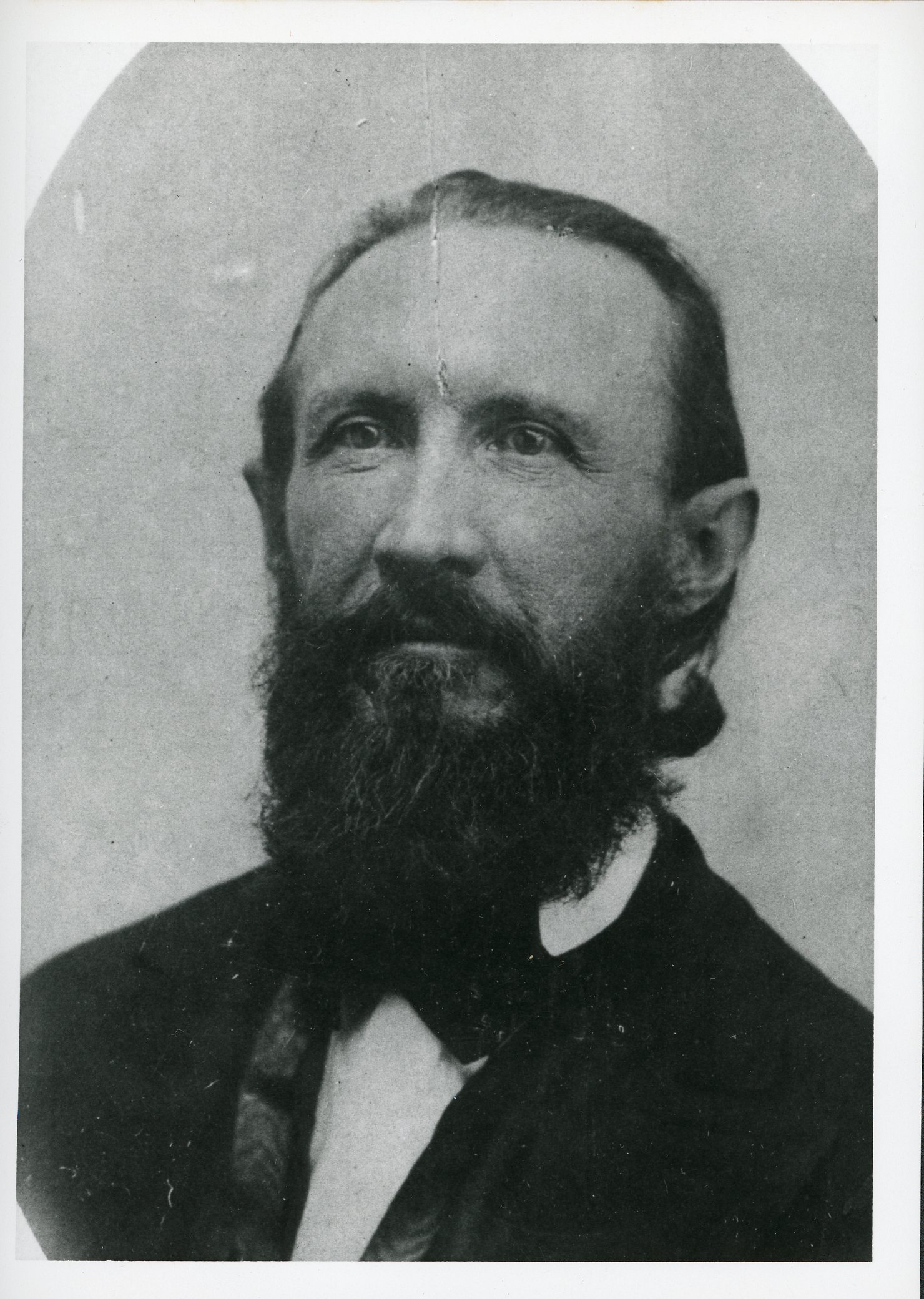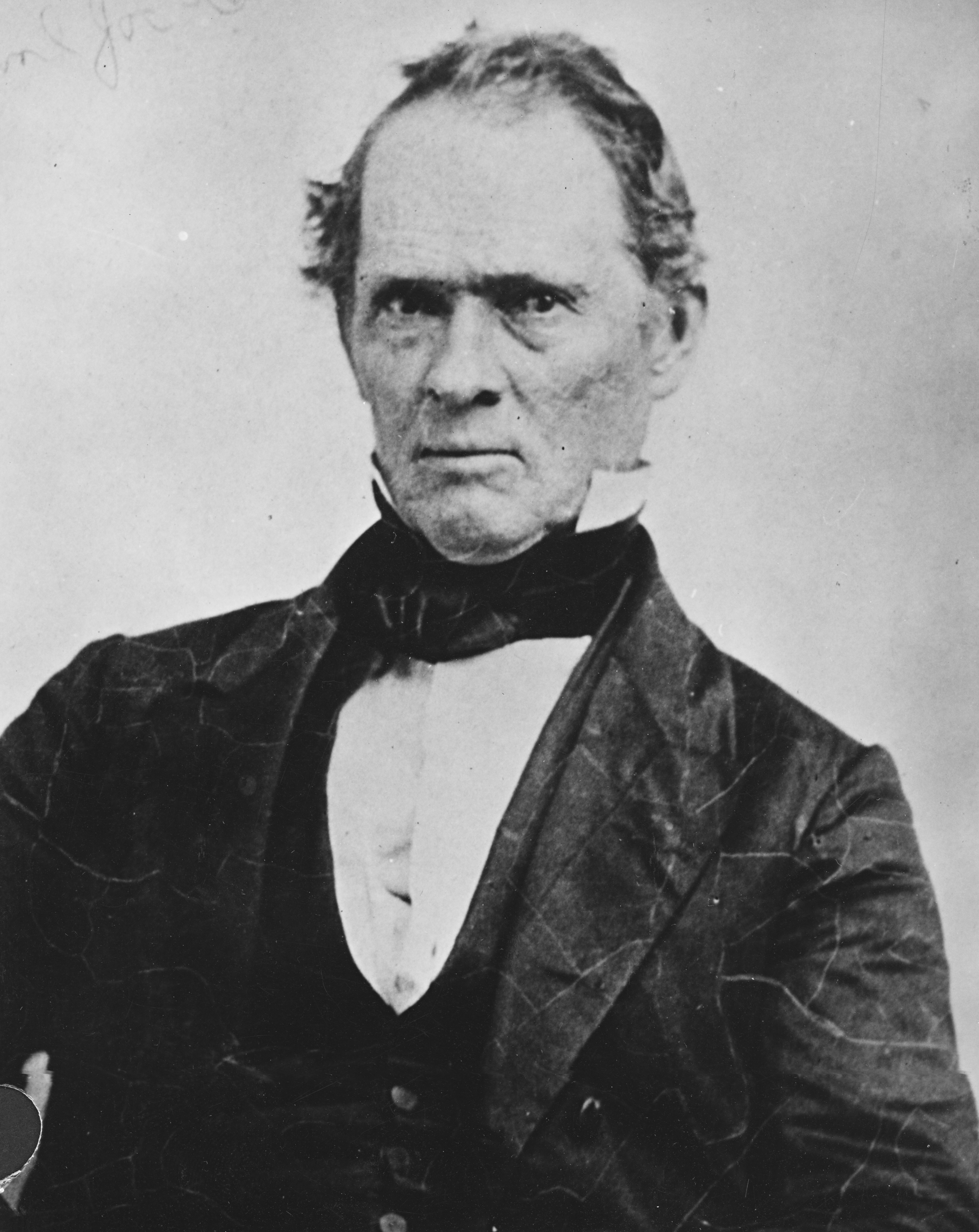John Whiteaker, a self-educated farmer from Lane County, was elected in 1858 as Oregon’s first governor after statehood, part of a political career that spanned more than three decades. A Democrat who was sometimes known as “Honest John,” he served in the Oregon House and Senate and in the U.S. House of Representatives and was Oregon’s Collector of Internal Revenue.
Whiteaker was born on May 4, 1820, to a farm family in southeastern Indiana, part of what was called the Butternut District, which was generally pro-Southern and pro-slavery. He had only a few months of formal schooling and left home at age sixteen. He spent ten years working as a carpenter in Indiana, Illinois, and Missouri and married Nancy Jane Hargrave in August 1847. The couple made their home in Lancaster, Missouri. In 1849, John Whiteaker left Missouri as part of the California gold rush and successfully mined for gold on the American River. Upon returning home in 1852, he migrated with his family over the Oregon Trail, arriving in Yamhill County that fall and then relocating to a Donation Land Claim in Lane County, south of Eugene City.
By 1856 Whiteaker was an active Democrat, and he ran successfully for judge of the Probate Court in Lane County. Like others in the Democratic Party, he described himself in 1857 as a “pro-slavery man” who feared the “abolitionizing” of Oregon, which he believed would lead to the “equality of races,” something he vehemently rejected.
Whiteaker was elected to the territorial legislature in 1857, representing Lane County. On June 8, 1858, he was elected governor, defeating another Democrat, E. M. Barnum, who was part of a breakaway faction of the party. Because a vote on Oregon statehood would not occur in the U.S. House of Representatives until February 14, 1859, Whiteaker had to wait to begin his term. In the interim, Territorial Governor George Law Curry remained in office.
As governor, Whiteaker worked to sort out bona fide land claims and do what he could to prevent fraudulent land-grabbing. He advocated for election law reform, finalized the selection of the state capital in Salem, and urged the development of “home industries” so that Oregonians could be less reliant on imports. With the attack on Fort Sumter in April 1861, the governor argued that Oregon should remain neutral. His pro-slavery and anti-war views alienated him from most Oregonians, and his party chose not to nominate him for a second term. He left office in September 1862.
But Whiteaker’s political career was not over. Beginning in 1866 he was elected to three successive terms in the Oregon House, representing his district in Lane County and serving as Speaker of the House in 1868. During his tenure in the House, he successfully worked against Oregon’s ratification of the Fifteenth Amendment, which gave Black citizens the right to vote. The amendment was ratified in 1870 without Oregon’s help and became the law of the land (Oregon did not ratify the amendment until 1959). Whiteaker was elected to the Oregon Senate in 1876, serving as Senate President during the 1876 and 1878 sessions. While on a camping trip to central Oregon in 1876, Whiteaker reportedly discovered fossils at what is now known as Fossil Lake in the Fort Rock Basin.
In 1878, Whiteaker won a statewide election to serve in the U.S. House of Representatives. House Democrats needed his vote to elect a Speaker by March 18, 1879, so Whiteaker took a steamer to Oakland and then specially arranged trains to Washington, D.C. He made it to the Capitol just in time to cast the deciding vote. Whiteaker had “spanned the continent in five days, five hours and eleven minutes,” the New York Times reported, on a trip that became known as “Whiteaker’s Ride.” During his two years in Congress, Whiteaker’s racism was again in evidence when he introduced an unsuccessful bill to close Indian reservations in Oregon and remove tribes to other states.
After losing his bid for a second term in 1880, Whiteaker returned to his farm near Pleasant Hill. He was called to service once more in 1885 when he was appointed Collector of Internal Revenue at the U.S. Customs House in Portland, a job that lasted until 1889. He retired to Eugene, where he purchased ten blocks and built a home on Charnelton Street, known today as the Whiteaker neighborhood. Whiteaker Middle School in Keizer is also named for him.
John Whiteaker died on October 2, 1902, and is buried in the Eugene Masonic Cemetery
-
![]()
John Whiteaker.
Centennial History of Oregon -
![]()
John Whiteaker, 1852.
Courtesy University of Oregon Libraries
Related Entries
-
![15th Amendment]()
15th Amendment
Civil War Reconstruction arguably culminated with the Fifteenth Amendme…
-
![Black Exclusion Laws in Oregon]()
Black Exclusion Laws in Oregon
Oregon's racial makeup has been shaped by three Black exclusion laws th…
-
![Brother Jonathan (ship)]()
Brother Jonathan (ship)
On February 14, 1859, two days after Congress decided to admit Oregon t…
-
![Eugene]()
Eugene
Eugene is a metropolitan center at the head of the Willamette Valley, a…
-
![Fossil Lake]()
Fossil Lake
A small, sandy playa in central Oregon's Fort Rock Basin, Fossil Lake i…
-
![George Law Curry (1820-1878)]()
George Law Curry (1820-1878)
A significant figure in the years before Oregon became a state, George …
-
![Joseph Lane (1801-1881)]()
Joseph Lane (1801-1881)
Joseph Lane was the first governor of Oregon Territory. A leading Democ…
Related Historical Records
Map This on the Oregon History WayFinder
The Oregon History Wayfinder is an interactive map that identifies significant places, people, and events in Oregon history.
Further Reading
Turnbull, George S. Governors of Oregon. Portland, Ore.: Binfords & Mort, 1959.
Whiteaker, John. Oregon Statesman, October 27, 1857.
Moore, Lucia Wilkins. “John Whiteaker, First Governor of Oregon.” Lane County Historian 4.1 (February 1959): 3.
“Whiteaker's Ride.” New York Times, March 24, 1879.

